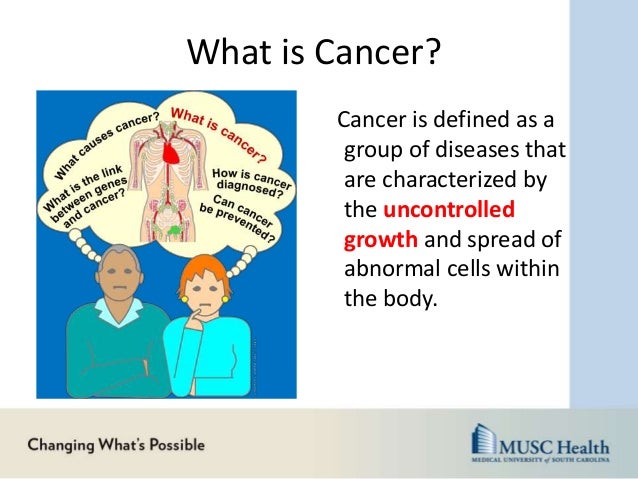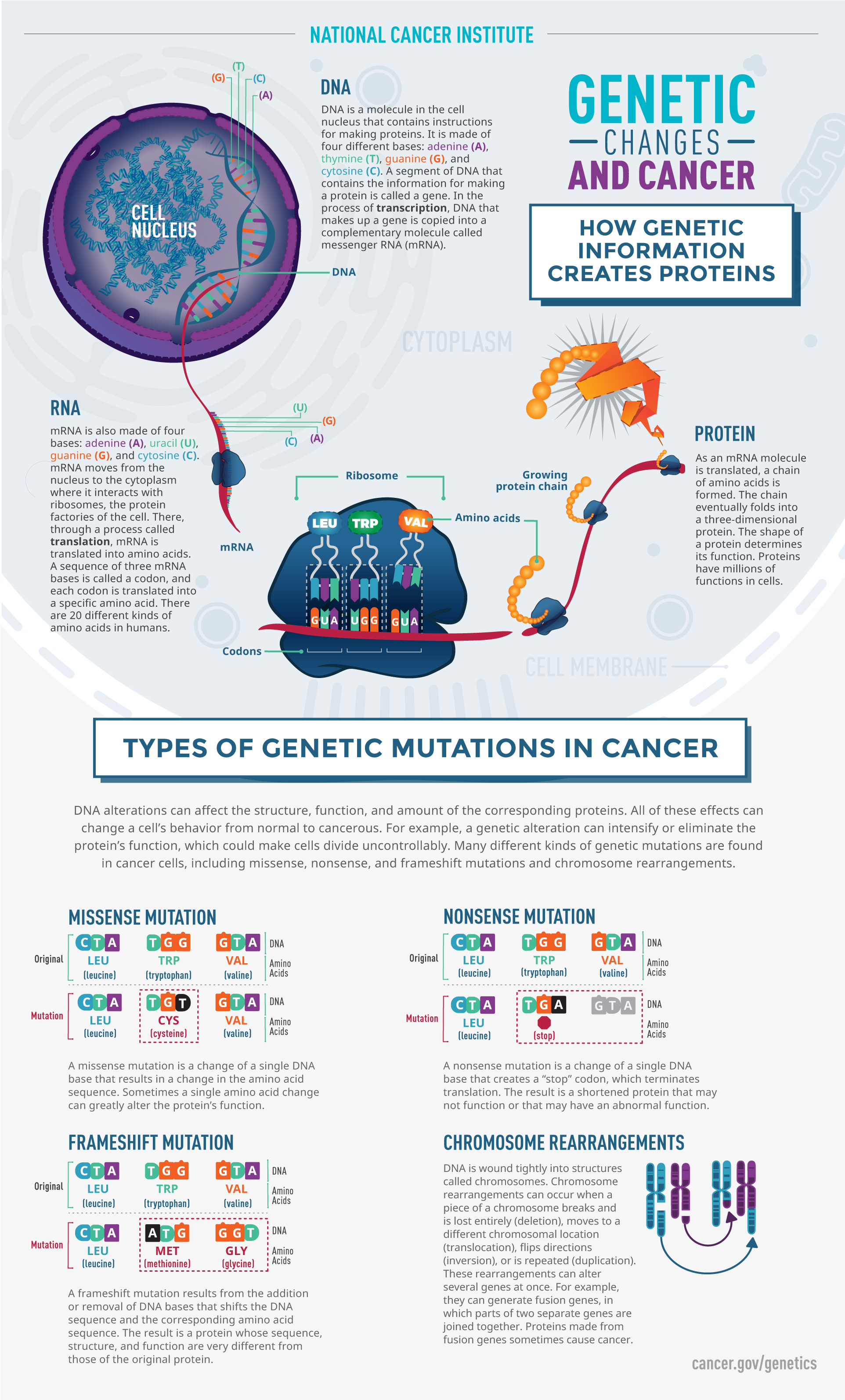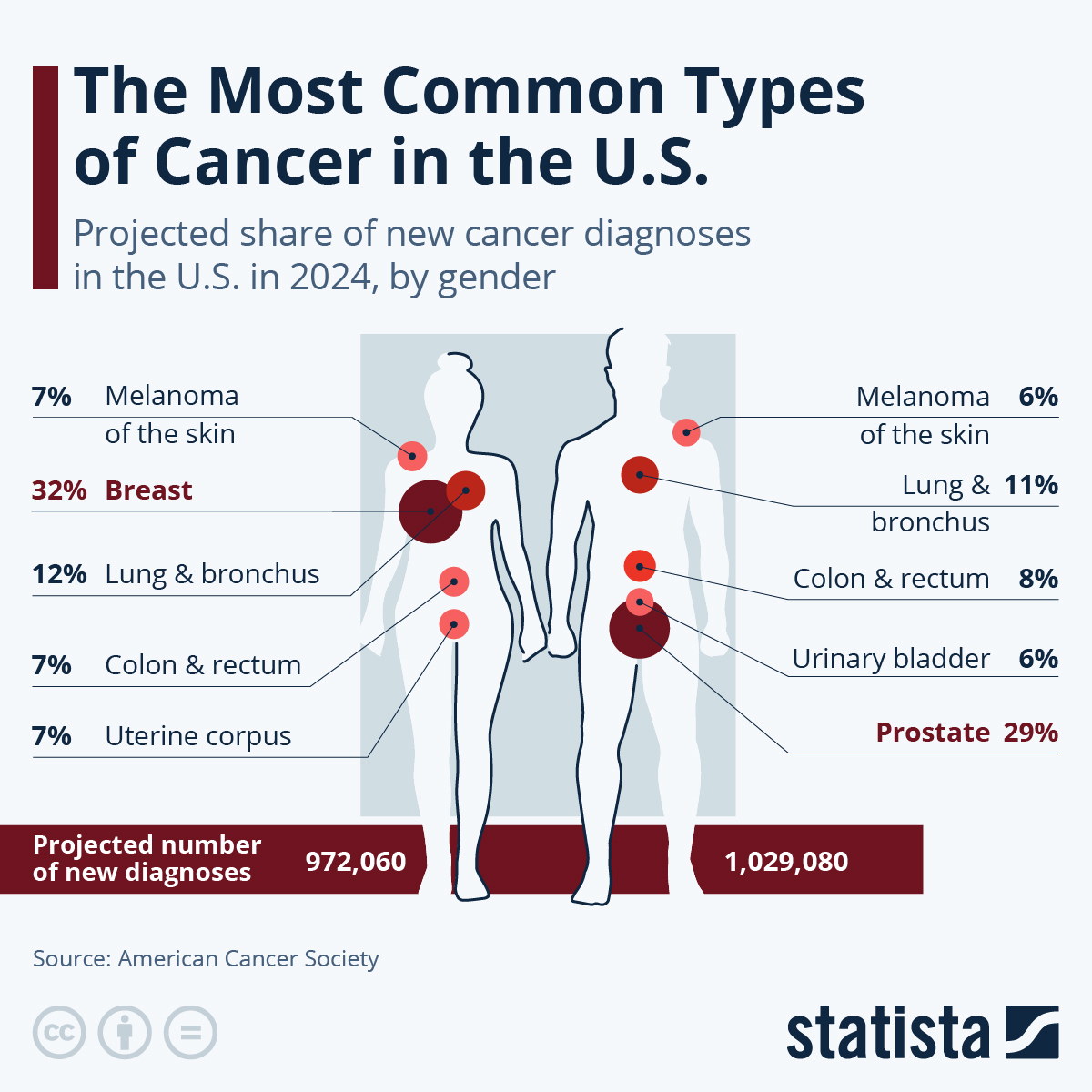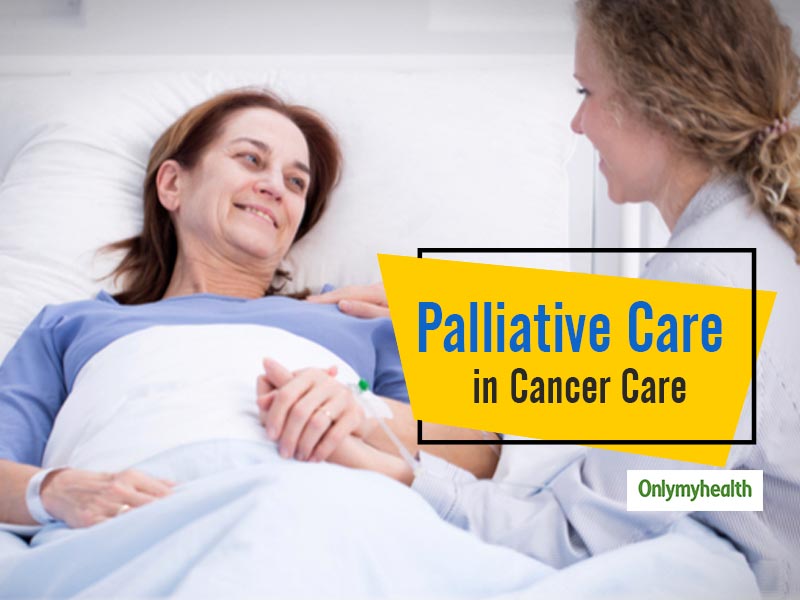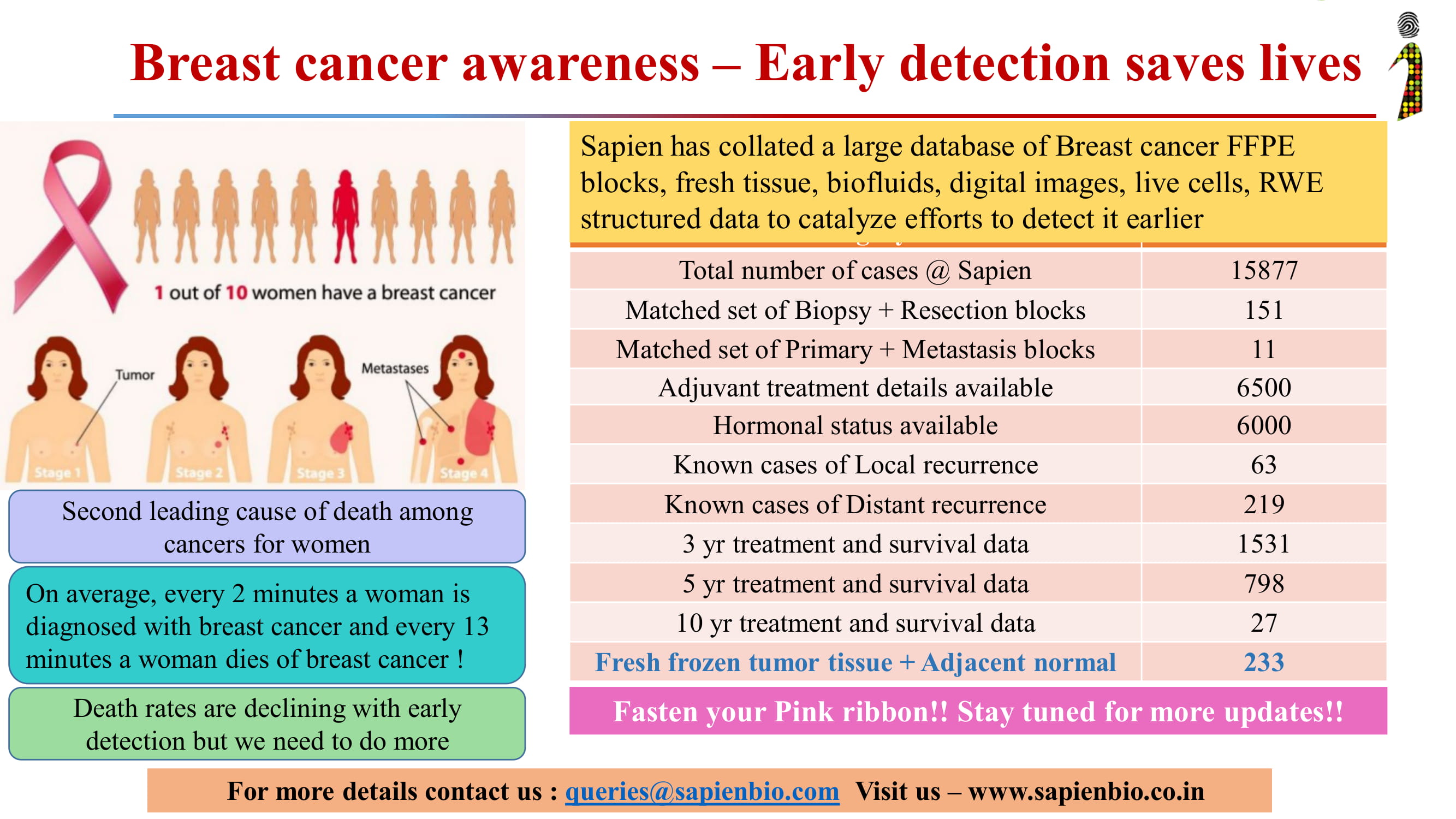Cancer Presentation
| Introduction to Cancer | ||
|---|---|---|
| Cancer is a complex and diverse disease that affects various parts of the body. It is characterized by the uncontrolled growth and spread of abnormal cells. There are more than 100 different types of cancer, each with its own unique characteristics and treatment options. | ||
| 1 | ||
| Causes of Cancer | ||
|---|---|---|
| Cancer can be caused by a combination of genetic and environmental factors. Genetic mutations play a crucial role in the development of cancer. Environmental factors such as tobacco use, exposure to carcinogens, and unhealthy lifestyle choices can increase the risk of developing cancer. | ||
| 2 | ||
| Common Types of Cancer | ||
|---|---|---|
| Some of the most common types of cancer include breast, lung, colorectal, prostate, and skin cancer. Breast cancer is the most common cancer in women, while lung cancer is the leading cause of cancer-related deaths in both men and women. Each type of cancer has its own unique symptoms, risk factors, and treatment options. | ||
| 3 | ||
| Early Detection and Screening | ||
|---|---|---|
| Early detection of cancer greatly improves the chances of successful treatment. Regular screenings, such as mammograms, Pap smears, and colonoscopies, can help detect cancer at an early stage. It is important to be aware of the signs and symptoms of cancer and seek medical attention if any abnormalities are noticed. | ||
| 4 | ||
| Cancer Treatment Options | ||
|---|---|---|
| Treatment for cancer depends on various factors, including the type and stage of cancer. Common treatment options include surgery, chemotherapy, radiation therapy, immunotherapy, and targeted therapy. Treatment plans are often personalized based on the individual's specific needs and circumstances. | ||
| 5 | ||
| Supportive Care for Cancer Patients | ||
|---|---|---|
| Cancer treatments can cause various side effects, including fatigue, nausea, hair loss, and emotional distress. Supportive care aims to manage these side effects and improve the overall quality of life for cancer patients. Supportive care may include pain management, nutritional support, counseling, and rehabilitation services. | ||
| 6 | ||
| Cancer Prevention | ||
|---|---|---|
| Adopting a healthy lifestyle can help reduce the risk of developing cancer. Avoiding tobacco use, maintaining a healthy weight, eating a balanced diet, and staying physically active are all important in cancer prevention. Regular screenings and vaccinations, such as HPV and hepatitis B vaccines, can also help prevent certain types of cancer. | ||
| 7 | ||
| Advances in Cancer Research | ||
|---|---|---|
| Cancer research continues to advance our understanding of the disease and improve treatment options. Breakthroughs in genetics, molecular biology, and immunotherapy have revolutionized cancer treatment. Clinical trials play a crucial role in testing new therapies and expanding treatment options for cancer patients. | ||
| 8 | ||
| Cancer Support Organizations | ||
|---|---|---|
| There are various organizations dedicated to supporting cancer patients and their families. These organizations provide resources, information, and emotional support to individuals affected by cancer. Examples of cancer support organizations include the American Cancer Society, Cancer Research UK, and the National Cancer Institute. | ||
| 9 | ||
| Conclusion | ||
|---|---|---|
| Cancer remains a significant health challenge worldwide, but progress is being made in prevention, detection, and treatment. Early detection, healthy lifestyle choices, and access to quality healthcare are key in reducing the burden of cancer. By raising awareness, supporting research, and providing support to those affected, we can work towards a future where cancer is no longer a leading cause of death. | ||
| 10 | ||
